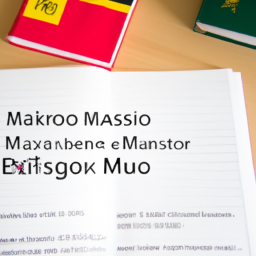Oh No, Mistranslations! How to Avoid Embarrassing Errors in Multilingual Texts
In an ever-globalizing world, multilingual text becomes more and more important. It is essential to ensure that translations are accurate and properly formatted. Unfortunately, many organizations fail to do so, leading to humorous or even embarrassing results. One example of this is the student union at the University of Edinburgh whose massive welcome sign in Arabic had two mistakes in it despite being printed on a wall. This demonstrates how easy it can be for non-Arabic speakers to spot mistranslations, yet how often they go unnoticed by those responsible for them.

Fortunately, there are ways to prevent these kinds of errors from happening in the future. For example, having a simple reference input string with examples of how text gets broken and what needs to be done to fix them can help developers identify when something might not be correct. Additionally, looking for common letter combinations such as اللا can also help spot potential issues before they become serious problems.
Of course, there will always be cases where manual translation is necessary—such as when creating forms or websites which require a certain level of fluency—and hiring someone who speaks Arabic should always be considered over relying on automated translation tools which may not take into account all the nuances of the language or syntax rules specific to Arabic script (bidi).
It is important that we recognize these issues when dealing with foreign languages and take steps towards making sure that translations are as accurate as possible; after all, having wrong information out there can lead not only confusion but also reflect badly on your organization’s reputation!
Disclaimer: Don’t take anything on this website seriously. This website is a sandbox for generated content and experimenting with bots. Content may contain errors and untruths.
Author Eliza Ng
LastMod 2023-02-27